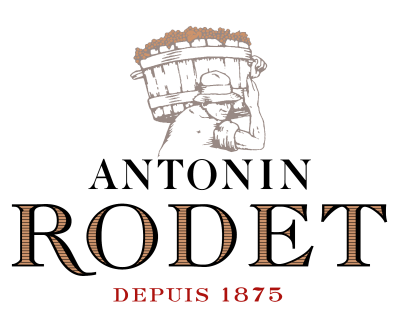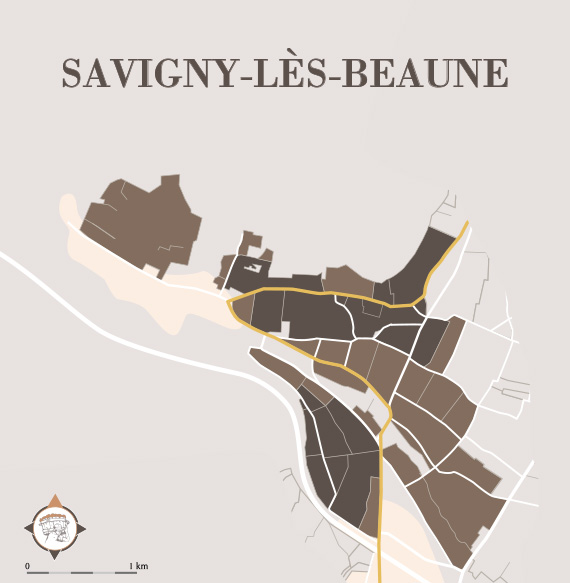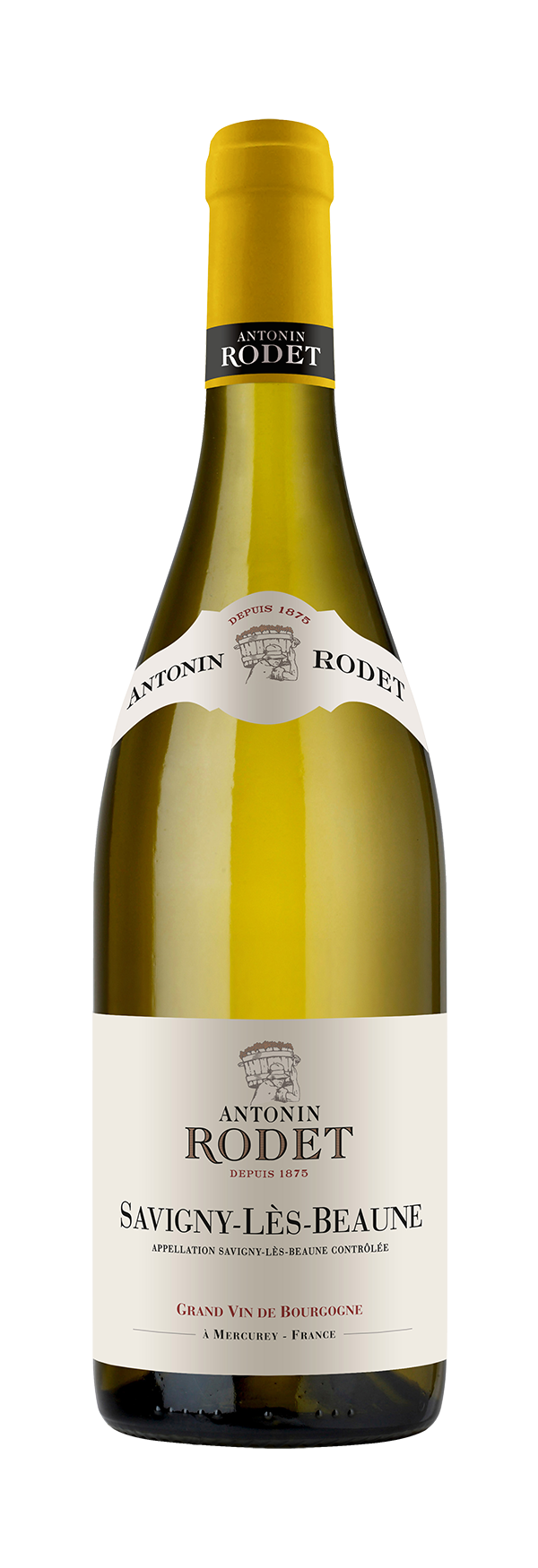SAVIGNY-LÈS-BEAUNE 2021
SAVIGNY-LÈS-BEAUNE 2021
Grape variety
Tasting notes
Nose : Expressive nose with notes of citrus, fresh pear, exotic fruit, hawthorn blossom and hazelnuts.
Mouth: Full attack on citrus and toasted aromas, butter notes, light minerals and a good length with lots of freshness. A lively, well-structured and harmonious wine.
Wine and food pairing
It will also be a great companion to goat cheeses or Gruyère, French Comté or Cîteaux.
Serving temperature
Ageing potential
Origin
These vineyards are of ancient lineage. For much of their history, they belonged to the domaine of the Dukes of Burgundy, to neighbouring religious houses, or to the Knights of Malta. An imposing 14th century castle testifies to the appellation's aristocratic qualifications. The AOC status dates from 1937.
The name of the appellation is sometimes written simply as Savigny, without the lès-Beaune part. The production consists of slightly over 85 per cent red wine, and slightly less than 15 per cent white wine.
The gradient is gentle at first but stiffer as one goes higher. Altitude varies from 250 to 400 metres. The lower slopes consist of alluvia from the Rhoin. Higher, the geology is that of the Hill of Corton. At the Pernand-Vergelesses end, exposure is southerly and the soils are gravelly with a scattering of oolitic ironstone. Lower down, the red-brown limestone becomes more clayey and pebbly. Opposite, the slope faces east and the limestone soils include some sand.
Vinification and maturing
Vintage : 2021
Nature certainly set a challenge for the winegrower and the winemaker with this vintage.
It began with very warm temperatures at the end of February which led to an early bud break.
The historic frost in April then destroyed young shoots that had emerged too early, significantly affecting the future harvest. Changing weather continued to characterize the vintage through to the harvests.
There were spells of rain from May to mid-August, obliging winegrowers to be constantly on the alert. The only periods of relative calm were during flowering, which took place in good conditions for the formation of the future fruit, and the véraison (colour change), which benefited from the return of the sun from mid-August.
The vagaries of the weather contributed to the development of outbreaks of disease, which were contained thanks to the tireless efforts of our winegrowers. In spite of this, considerable sacrifices had to be made to ensure a high level of quality, and rigorous sorting of the fruit in the vineyard and on arrival at the winery was necessary.
This vintage also required a major technical effort. The vinifications had to be carried out with meticulous attention and precision with a particular care over the extraction of colouring matter, the balance of the structure and the aromatic expression of the red wines, and of the freshness, balance of acidity and aromatic potential of the white wines.





 PDF file
PDF file